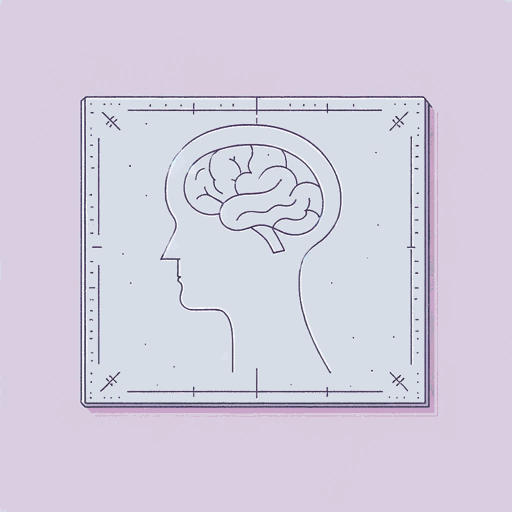54 pages • 1 hour read
John LockeAn Essay Concerning Human Understanding
Nonfiction | Book | Adult | Published in 1690A modern alternative to SparkNotes and CliffsNotes, SuperSummary offers high-quality Study Guides with detailed chapter summaries and analysis of major themes, characters, and more.
Book 4, Chapters 1-21Chapter Summaries & Analyses
Book 4: “Of Knowledge and Probability”
Book 4, Chapter 1 Summary: “Of knowledge in general”
Locke notes that knowledge depends on contemplation. By considering how ideas relate and diverge from one another, the mind forms complex ideas. Some ideas become clearer in light of what they are not rather than what they are. Locke again uses the example of colors black and white. Their stark difference informs a better understanding of their concepts.
The philosopher suggests four areas in which ideas connect and disconnect: “1. Identity, or diversity. 2. Relation. 3. Co-existence, or necessary connexion. 4. Real existence” (517). All knowledge relies on one of these four areas. In addition, knowledge can become habitual. When the mind stores ideas in memory, or retains certain beliefs and convictions, these concepts are habitual knowledge.
Book 4, Chapter 2 Summary: “Of the degrees of our knowledge”
Understanding becomes clearer and deeper as ideas are considered relatively. The human brain often passively finds connections and disagreements between ideas; Locke refers to this as “intuitive knowledge” (523). An example is the comparison of a circle to a triangle. The mind does not have to actively consider the two shapes to recognize how they are different. Some relationships, which Locke refers to as “agreement and disagreement,” are not immediately apparent (524). An example of this would be the three angles of a triangle.
Related Titles
By John Locke



